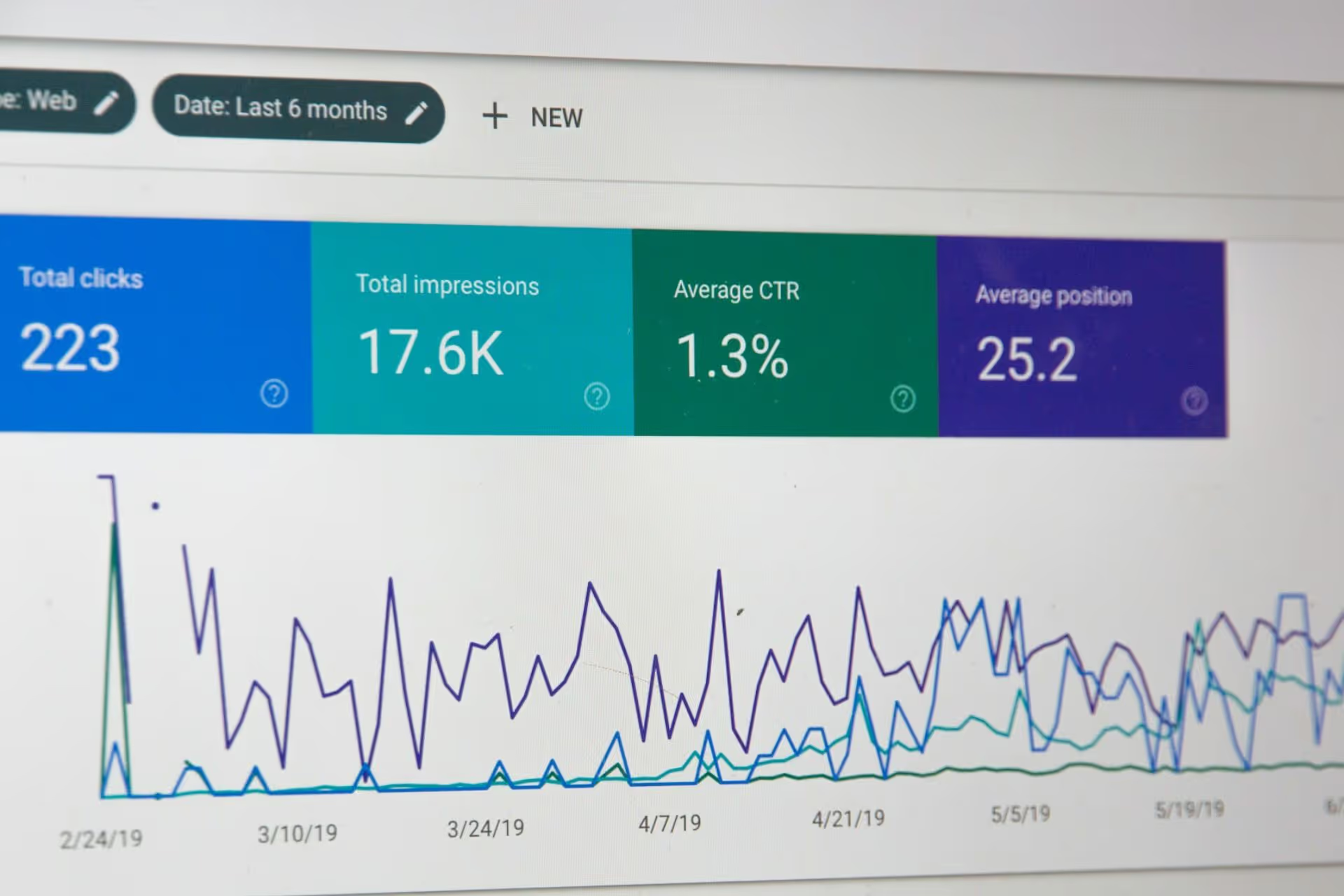Answer Engine Optimization (AEO) is the process of structuring your content to directly answer user queries. It helps you rank in AI overviews and get cited in voice search. To optimize, use schema markups, write FAQ blocks, and research long-tail keywords.
When looking up something on Google, do you open external websites or read the AI answer snippets? More and more people are opting for the latter. With AI Overviews, answer snippets, and People Also Ask boxes, users now get most of what they need without scrolling the results page. Ranking high on SERPs no longer brings in as much traffic as before.
That doesn’t mean you should give up on SEO entirely. You just need a new angle. Apart from researching high-volume keywords and phrases, aim to answer questions directly. Here’s how optimizing for AI-powered search can increase your SERP visibility and engagement.
What is Answer Engine Optimization?
A sub-discipline of traditional SEO, Answer Engine Optimization (AEO) is where you provide direct answers to user queries. Instead of ranking for keywords, the goal is to appear on Google AI overviews, featured snippets, voice search results, and People Also Ask sections.
With the integration of AI models across multiple platforms, including Google, AEO is becoming increasingly important for AI search visibility. Surveys even show that nearly 60 percent of Google searches nowadays result in zero clicks. Simply put, most people prefer to get answers without clicking through to another website.
Best practices for Answer Engine Optimization
Here are some AEO strategies you can try on your next blog. Take it from one of the best answer engine optimization agencies around.
1. Use schema markup
Schema markup tells answer engines what your content is about. You’ll increase your chances of appearing in featured snippets (and other rich results) by labeling content production types like FAQs, how-to guides, or product details.
2. Build strong FAQ blocks
Start adding FAQ blocks to your web pages. They’ll help you win real estate on Google’s People Also Ask section, plus you can establish topical authority by positioning yourself as an expert. To help AI engines scan your content easily, use < h3 > or < strong > tags for the questions and < p > for the answers.
The key is to keep your answers concise and specific. Limit each paragraph to around 50 words. They should also be able to stand alone, not relying on other sections for context.

Image Source: Unsplash
3. Optimize headers with long-tail questions
You need a mix of both SEO and AEO to maintain content quality while pulling in organic traffic. A good approach is to utilize long-tail keywords. Integrate them into your article as H2 and H3 headers. It gives you the opportunity to use and answer full sentence questions without sounding spammy.
For best results, directly pull questions from platforms that deliver AI generated responses and AI generated answers. The easiest option is Google’s People Also Ask (PAA) section and autocomplete suggestions. However, you can also tap into multiple AI platforms like SurferSEO, Answer the Public, Semrush, or AlsoAsked.
👉 Learn more: On-Page SEO Checklist for Blog Writing
4. Keep answers concise and above-the-fold
AEO favors short, scannable answers positioned near headers. In fact, you should have an optimized blurb right at the top of your article. Don’t treat it like your meta description or introduction. It should answer the topic’s main question or pain point in around 50 words, without relying on other sections for context.
Follow the same rule for H2 and H3 headers. Lead with the summary or key takeaway, then expand below the fold for readers who want more depth. Use case studies and real-life examples to support your claims.
5. Prioritize site speed and mobile usability
Work with your developers to improve site speed. Make sure content loads fast and displays properly on mobile devices because answer engines prioritize mobile-first indexing.
If you’re using a content management system like WordPress, deploy lightweight themes and adjust image formats (WebP preferred). Pages with slow load times or poor UX signals are less likely to be crawled.

Image Source: Unsplash
FAQs about AEO
In summary
- Answer Engine Optimization (AEO) helps you show up on featured snippets, AI overviews, and People Also Ask.
- Use schema markup to signal content type to search engines.
- Add FAQ blocks and long-tail question headers to structure content for answer engines.
- Lead with short, standalone answers placed near the top of your page or under each H2.
- Run speed tests and optimize for mobile because slow pages with poor UX won’t rank for AEO.
- Focus on clarity, structure, user intent, and formatting to make your content easier to crawl and cite.
Optimize for answers and drive results with TIA
It’s hard to keep up with Google’s routine core algorithm updates. What works today might stop working tomorrow. To maintain AI visibility on search engines and continue drawing in traffic, reach out to our AEO specialists at The Influence Agency!
We’re a top-rated answer engine optimization service provider. From re-optimizing blogs to launching a new content strategy from scratch, our content marketing team can help you stay ahead.
Get in touch with us and let’s plan your next campaign!



